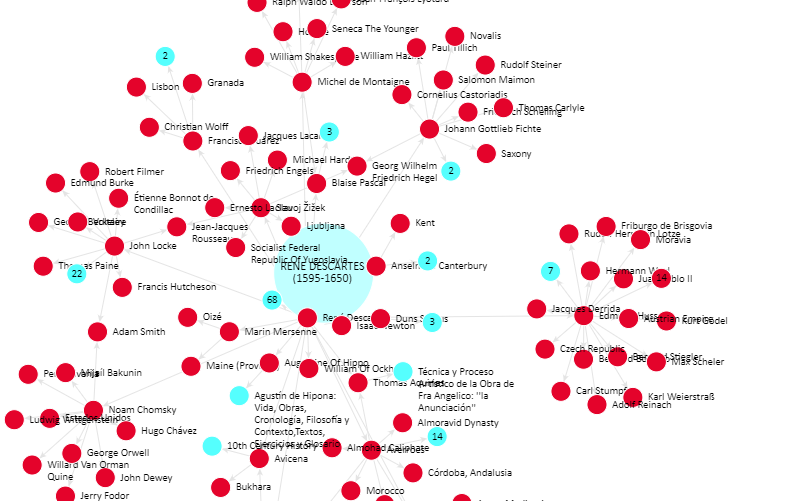
Cargando...
Zer egin dezaket?
226307 materialEducativo
textoFiltroFichatipo de documento Wikipedia Artikulua Dbpedia
Baliabide honi buruz...


Mira un ejemplo de lo que te pierdes
Kategoriak:
Etiketak:
Fecha publicación: 21.4.2016
Aipatu nahi al duzu? Erregistratu o Hasi saioa
Didactalia-ri Gehitzea Arrastra el botón a la barra de marcadores del navegador y comparte tus contenidos preferidos. Más info...
Aipatu
0